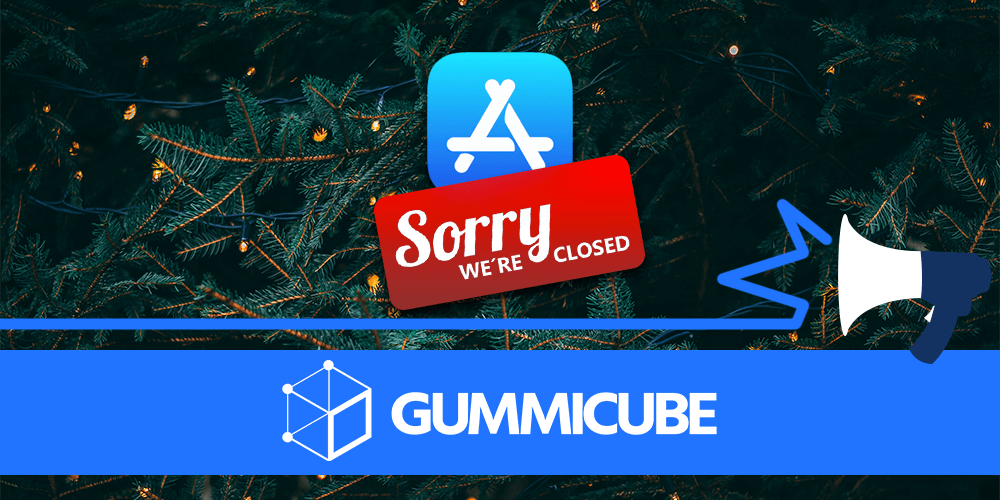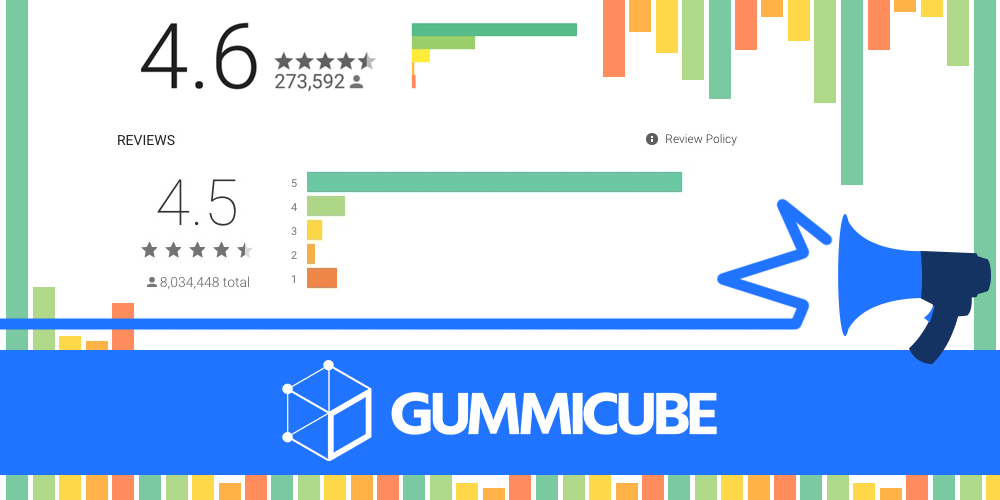
App Stores Score on Black Friday 2018
Posted on December 7th, 2018
With Black Friday and Cyber Monday 2018 behind us, it’s important to look at how the holiday sales impacted app store profits across the US. 2018 sales reached a new record for the Apple App Store and Google Play Store, with combined spending of over $75 million.












